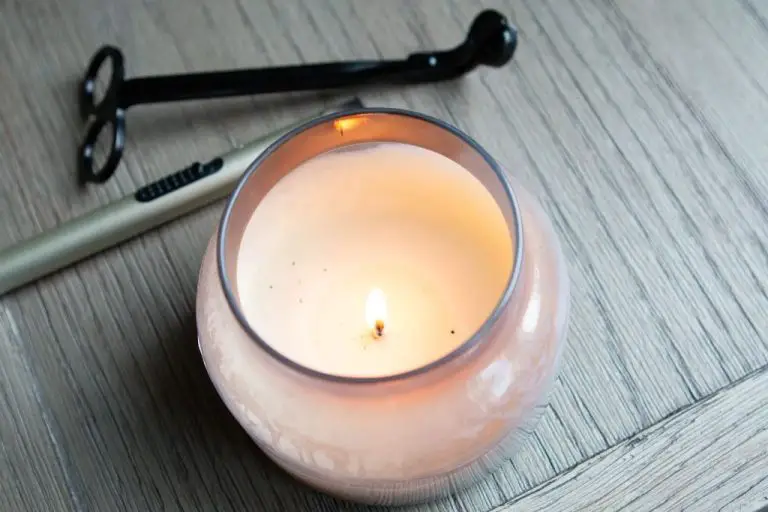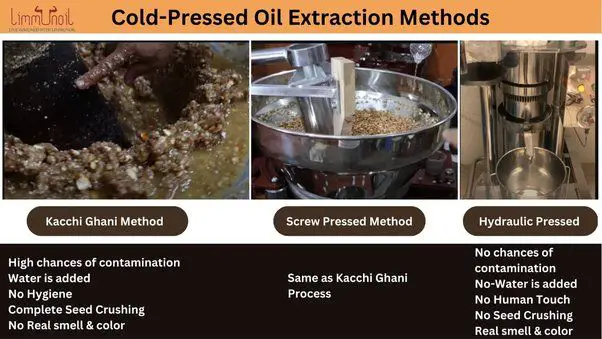Different Types Of Candle Wax And When To Use Them
Candles are made from different types of wax, each with their own unique properties, characteristics, and uses. The most common candle waxes are paraffin, beeswax, soy wax, palm wax, gel wax, coconut wax, and tallow wax. Choosing the right wax is an important first step in candle making, as the wax type affects burn time, texture, fragrance throw, and more. This article will provide an overview of the most popular candle waxes, discussing their pros and cons, and when it’s best to use each type of wax.
Paraffin
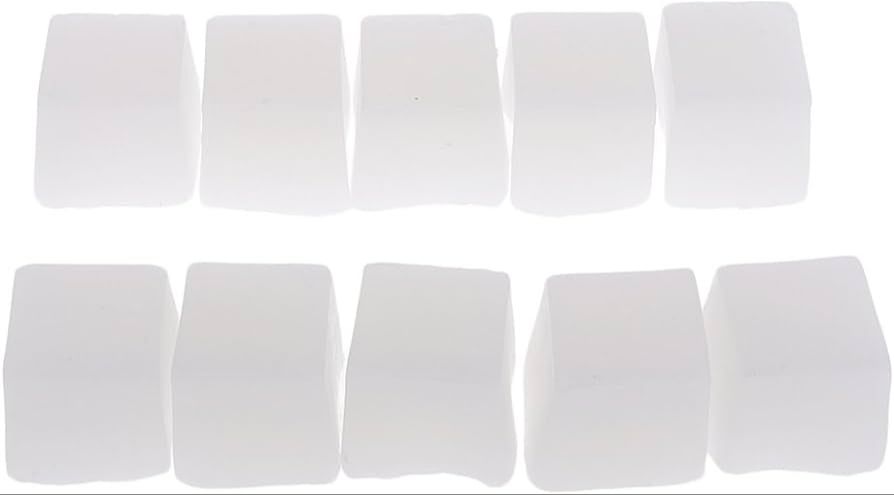
Paraffin wax is a byproduct of petroleum refining. It is highly refined and purified, making it odorless and colorless 1. Paraffin has a low melting point, making it easy to work with. It is inexpensive and readily available. Paraffin candles burn slowly and cleanly, with a bright flame. The wax pools nicely as it melts. Paraffin is commonly used for pillar candles and votives.
Some drawbacks to paraffin are that it can release toxins as it burns and is not biodegradable or from a renewable source. However, further research shows paraffin candle emissions are similar to other waxes and within recommended exposure limits 1. Paraffin remains a top choice for candlemaking due to its excellent burn properties, availability, and low cost.
Beeswax
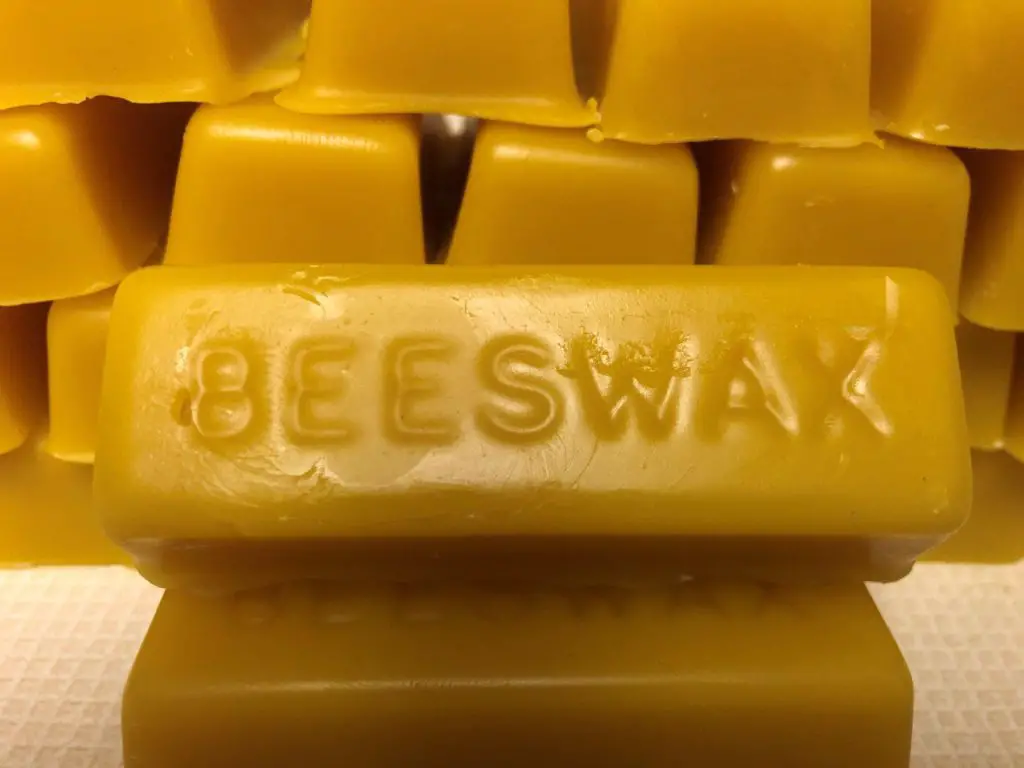
Beeswax is a natural wax produced by honey bees. It has a sweet, honey-like scent and a yellow to brown color. Beeswax has some unique properties that make it a popular candle wax:
- It burns cleanly – Beeswax does not produce a lot of smoke or sticky soot when burning.
- Long burn time – Beeswax candles typically burn longer than paraffin or soy.
- Natural – Since beeswax is an all-natural product, it appeals to many consumers looking to avoid petroleum-based waxes.
However, beeswax can be more expensive than other candle waxes. It also burns at a lower temperature, so beeswax candles should not be used in containers that cannot withstand heat. The natural honey scent of beeswax gives off a pleasant aroma when burning.
Some common uses for beeswax candles include:
- Votive candles
- Pillar candles
- Container candles
- Birthday candles
- Votive candles
Beeswax is a high-quality, natural wax that makes long-lasting, clean-burning candles with a honey-like scent.
Soy
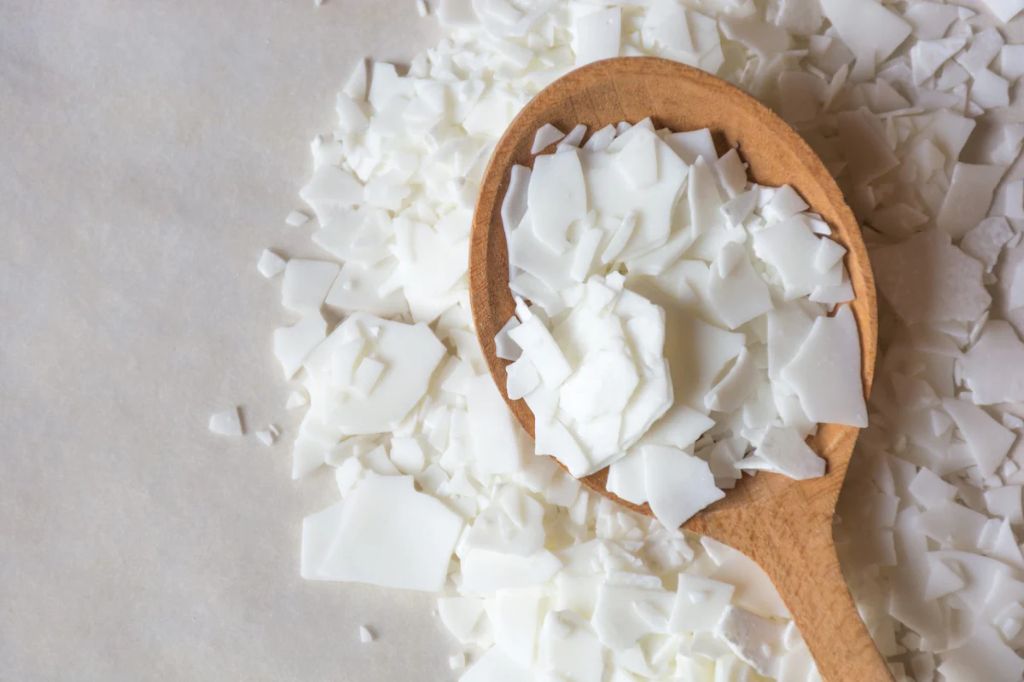
Soy wax comes from soybeans and is a renewable and sustainable wax option. It has a low melting point which means soy candles must have a low burn temperature. Soy has unique properties including:
- It’s made from a renewable resource (soybeans)
- Has no petroleum by-products
- Is biodegradable and compostable
- Is affordable compared to beeswax
- Has a lower melting point so the wax pool is larger
- Has very little scent throw
The low melting point of soy wax means candles made from this material must be burned cooler to avoid tunneling issues. Many soy candle makers recommend burning soy candles for only 1-2 hours at a time. Soy wax is soft and can lose its shape in warmer environments. It’s best used for container candles rather than freestanding pillars.
Soy wax is a nice eco-friendly option but doesn’t produce the same hot scent throw as paraffin. It’s great for candle makers on a budget who want to avoid petroleum-based waxes. According to this YouTube video, soy has some benefits but paraffin often performs better: https://www.youtube.com/watch?v=Mbi_SkB_ZCI
Palm
Palm wax is made from palm oil, which comes from the fruit of palm trees. Some key properties of palm wax include:
- High melting point (135-145°F) – Makes palm wax candles harder and longer-burning than soy or beeswax candles
- No scent – Palm wax has no inherent scent, allowing candle fragrance oils to shine through
- Good released fragrance – The high melting point allows palm wax to hold and evenly release fragrance as it burns
- Smooth finish – Palm wax leaves a smooth, clean finish on the sides of pillars and containers
Palm wax is cost-effective and produces excellent quality candles when blended with other waxes. It has a solid burn quality and releases fragrance evenly as it melts. Palm wax is commonly used in pillar candles, votives, and container candles.
However, there are environmental concerns over palm oil production leading to deforestation and habitat loss. Some candle makers are moving away from palm wax for this reason (https://www.candlescience.com/learning/the-problem-with-palm-wax/). Sustainable palm wax is available but limited in supply.
Gel

Gel wax is a type of candle wax that has a transparent, jelly-like consistency. It is made from a blend of mineral oil and polymer resin. Gel wax has some unique properties that make it desirable for candle making:
Properties: Gel wax is transparent and can hold decorative items suspended inside the candle. It allows light to pass through it more than opaque waxes. Gel wax also has a high viscosity that provides good fragrance retention. It resists frosting and wet spots.
Cost: Gel wax is more expensive than paraffin wax but less expensive than natural waxes like soy and beeswax. A pound of gel wax costs $5-10 on average.
Burn Quality: Gel wax burns slowly and evenly without liquefying. It produces a brighter flame compared to paraffin. Gel candles tend to last longer, up to 80-100 hours. They also burn cleaner than paraffin with less soot.
Uses: The clarity of gel wax makes it ideal for see-through containers and embedding decorations. Gel’s high viscosity allows for molds with more intricate designs. Gel candles work well for jars, embeds, wax melts, and votives. Gel wax is commonly used for home decor candles.
Coconut
Coconut wax comes from the oils of coconut. It has become a popular candle wax in recent years due to its natural origins and sustainable production. Some key properties of coconut wax include:
- It has a high melting point of around 92°F, making it suitable for containers and pillars.
- The wax is harder and retains scent better than other natural waxes.
- It solidifies into a smooth surface with medium crystallization.
- Coconut wax burns slowly and cleanly with less soot.
Coconut wax tends to be more expensive than paraffin, but comparable in price to other natural waxes like soy and beeswax. Costs range from $3-6 per pound. The higher price point reflects the labor-intensive harvesting and production process.
The burn quality of coconut wax is exceptional. The wax melts slowly into a pool, holding fragrance well. The burn is clean, producing minimal smoke or wet spots. Coconut wax works well in container candles, pillars, and votives.
Common uses for coconut wax include massage candles and aroma candles. The hardness makes it suitable for molded or carved candles. Coconut wax also blends well with beeswax and paraffin to modify properties. Its tropical origins provide a natural pairing for coconut, pineapple, and other fruit or beach scents.
Tallow
Tallow is a type of wax made from rendered beef or mutton fat. It has been used for candle making for thousands of years, with evidence showing that early civilizations like the Egyptians, Romans, and Chinese made candles from tallow (The World of Tallow Candles: History, Culture, and Sustainability, 2023).
Some key properties of tallow candles include:
- Tallow burns slowly and evenly, producing a bright white flame.
- The wax has a low melting point of between 115-125°F.
- It’s very soft and requires containers to hold its shape.
- Tallow has little to no scent when burning.
Beef tallow candles are usually the most cost effective since beef fat is widely available as a byproduct from the meat industry. Tallow candles are very affordable to make at home.
In terms of burn quality, tallow produces less soot and smoke compared to paraffin wax. The wax burns cleanly without releasing toxic chemicals into the air (Helstrom Farms, 2019). The slow burn rate means tallow candles need less frequent trimming of the wick.
Tallow used to be the main choice for candle making before paraffin became popular. Today, tallow remains excellent for container candles like jars and votives. The soft wax works well for products like candle rolls and tapers too. Tallow is a nice traditional option for homemade and rustic candles.
When to Use Each Type
The type of candle wax you choose depends on the properties you need for your specific candle making project. Here’s a quick guide on matching wax to usage:
Use paraffin wax for candles needing a long burn time and maximum fragrance throw. Paraffin is inexpensive and makes hard, durable candles. However, it can produce more soot than other waxes. Source
Choose beeswax for natural, non-toxic candles with a subtle honey aroma. Beeswax burns slowly and cleanly. It’s also more expensive than other waxes. Source
Select soy wax for eco-friendly, vegan candles. Soy has no petroleum, burns cooler than paraffin, and can hold more fragrance oil. However, soy wax is softer and prone to frosting.
Use palm wax for opaque container candles needing an exceptionally strong scent throw. Palm wax holds fragrance oil well while also being hard enough for self-standing pillars.
Choose gel wax for transparent, crystal clear candles. Gel wax also makes thick, dripless pillars and can hold heavy fragrance loads.
Pick coconut wax for clean burning, highly fragrant container candles. Coconut wax allows excellent scent throw but has a low melting point.
Select tallow for traditional, old-fashioned candle making. Rendered beef fat makes long-burning, lightly scented candles.
Conclusion
As we’ve discussed, there are many types of candle wax to choose from, each with their own unique properties and benefits. Paraffin is affordable and readily available. Beeswax is natural and biodegradable. Soy wax has a great scent throw. Palm wax makes strong pillar candles. Gel wax doesn’t require a container. Coconut wax gives a soft light. And tallow wax makes long-burning candles.
When selecting a candle wax, consider the appearance, scent throw, burning time, texture, and environmental impact you desire. Also factor in safety, as some waxes are more flammable than others. Testing different waxes to find your favorite is part of the fun of candle making!
The type of wax you use impacts the performance and characteristics of your finished candle. By understanding the pros and cons of each wax, you can choose the variety best suited for your specific candle making project.


